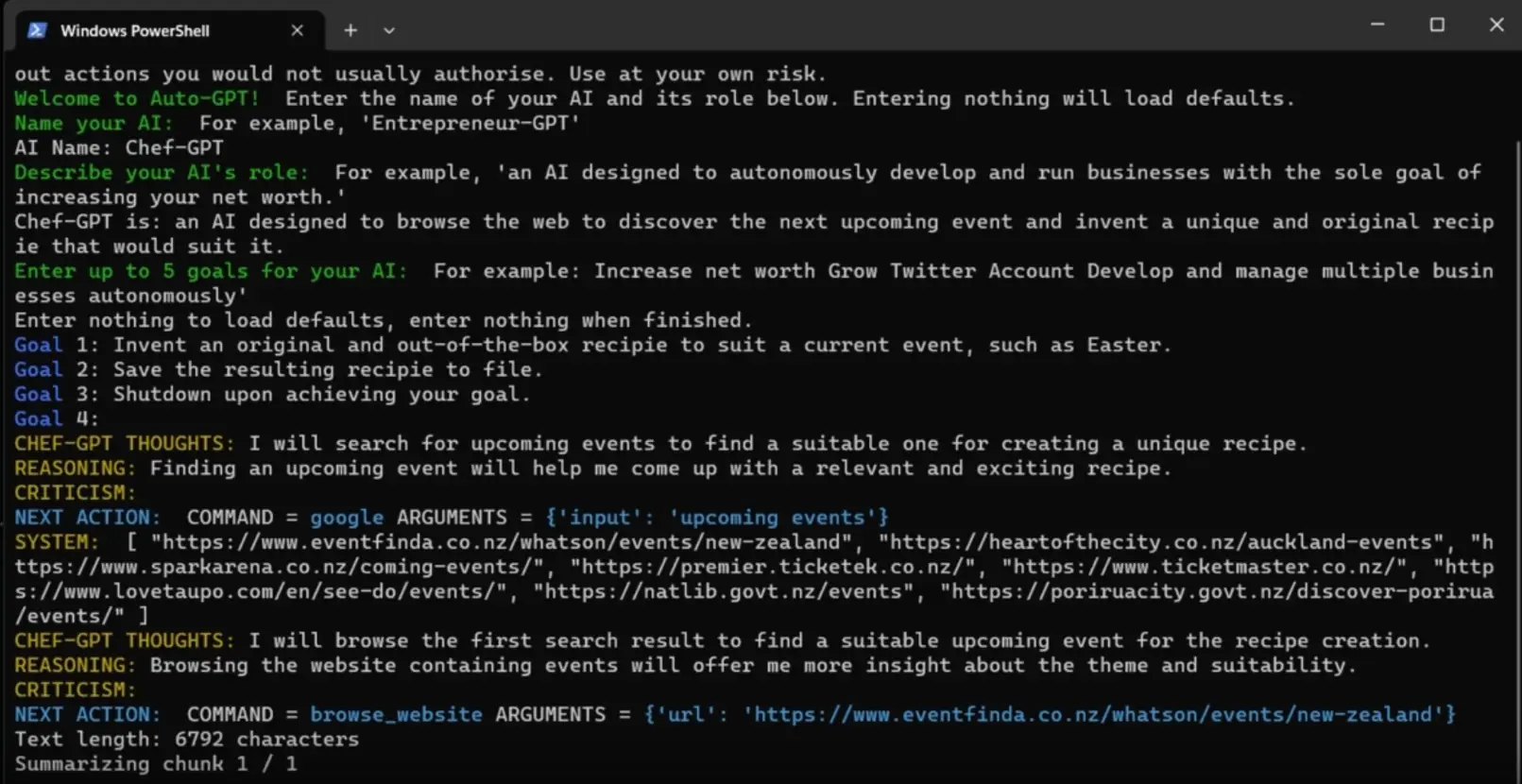Imagine a future where AI models like GPT autonomously define and perform tasks to achieve objectives without any human intervention. This future is here, and it’s called Auto-GPT—an autonomous GPT-4 experiment that has exploded in popularity. In this article, we will explore Auto-GPT, its features, and how to run it locally on your own machine. We will also look at three demos, including a creative task, autonomous programming, and a Twitter bot.
What is Auto-GPT?
Auto-GPT is an experimental open-source application showcasing the capabilities of the GPT-4 language model. Driven by GPT-4 on the backend, it autonomously develops and manages tasks to increase net worth. While this is just one application, there are other cool demos as well. Auto-GPT is one of the first examples of GPT-4 running fully autonomously, pushing the boundaries of what is possible with AI.
Key Features of Auto-GPT
- Internet Access: The model can search the internet and retrieve information for any given task.
- Memory Management: Similar to a chatbot, it can remember things.
- GPT-4 Instance: All text generation, operation, and reasoning are done by GPT-4.
- Website and Platform Access: It can access different websites, platforms, and file storage.
- File Summarization: Summarization is done with ChatGPT.
- Integration with ElevenLabs: You can convert the text generated by GPT-4 into speech using ElevenLabs API.
Demos
Some demos are discussed in the YouTube video by Prompt Engineering.
1. Goal-Oriented Creative Task (2:46)
In this demo, a user defines goals for the AI to achieve. The AI then autonomously develops tasks to accomplish those goals. The user provides an objective, and the AI generates a unique recipe for a specific event, saves the recipe to a file, and shuts down upon achieving the goal. It searches the internet for upcoming events, selects an appropriate event, and uses a GPT-4 instance to create a unique recipe.
2. Autonomous Programming (7:03)
In this demo, Auto-GPT demonstrates its capability to autonomously develop and debug code. Given a Python file with errors, the AI evaluates, improves, and tests the file. It detects syntax and logic issues, writes unit tests, and saves the improved code to a file. This showcases the potential for Auto-GPT to revolutionize software development.
3. Twitter Bot (10:21)
The AI can run a Twitter account, network with other accounts, and create and post content—all autonomously. It formulates a long-term plan to execute strategies based on market trends and performance. This demo shows how an AI-driven Twitter bot can actively engage with users and create original content.
Running Auto-GPT Locally
To run Auto-GPT on your local machine, you will need Python 3.7+, an OpenAI API key, and a basic understanding of the command line or Linux terminal. If you want text-to-speech capabilities, you will also need an API key from ElevenLabs.
Keep in mind that Auto-GPT is not a polished application, and it may not perform well in complex business scenarios. Additionally, running GPT-4 can be expensive.
Videos
Conclusion
Auto-GPT is an amazing project that gives us a glimpse of the future of AI technology. As we move toward autonomous AI systems, it’s essential to be aware of these advances. While this article is not a typical tutorial, it aims to bring this groundbreaking project to your attention and inspire you to explore the possibilities of AI-driven technology.
Further information can be found in the official repository on GitHub: https://github.com/Torantulino/Auto-GPT
